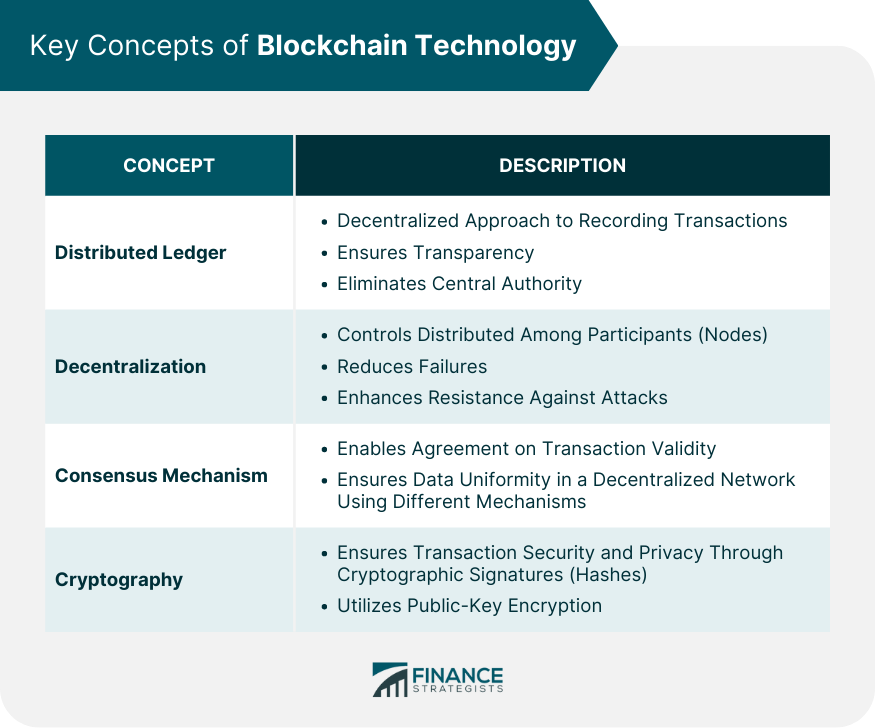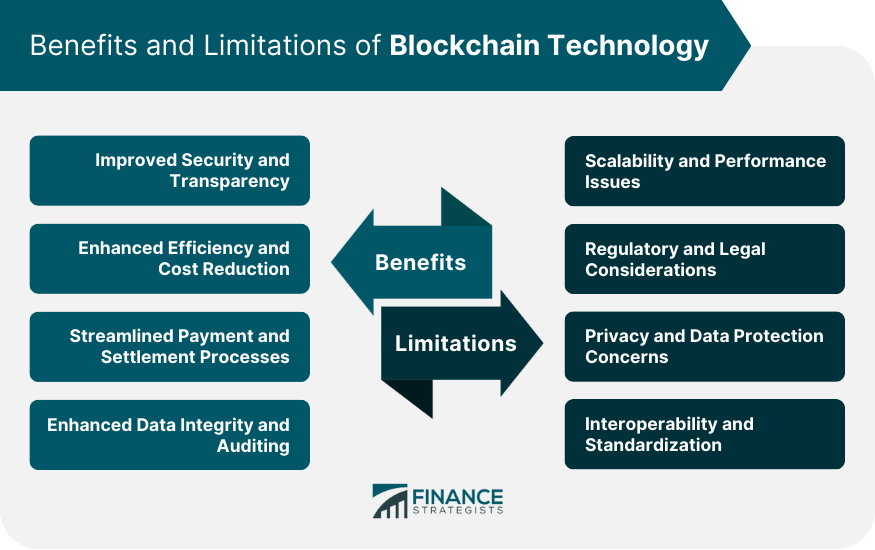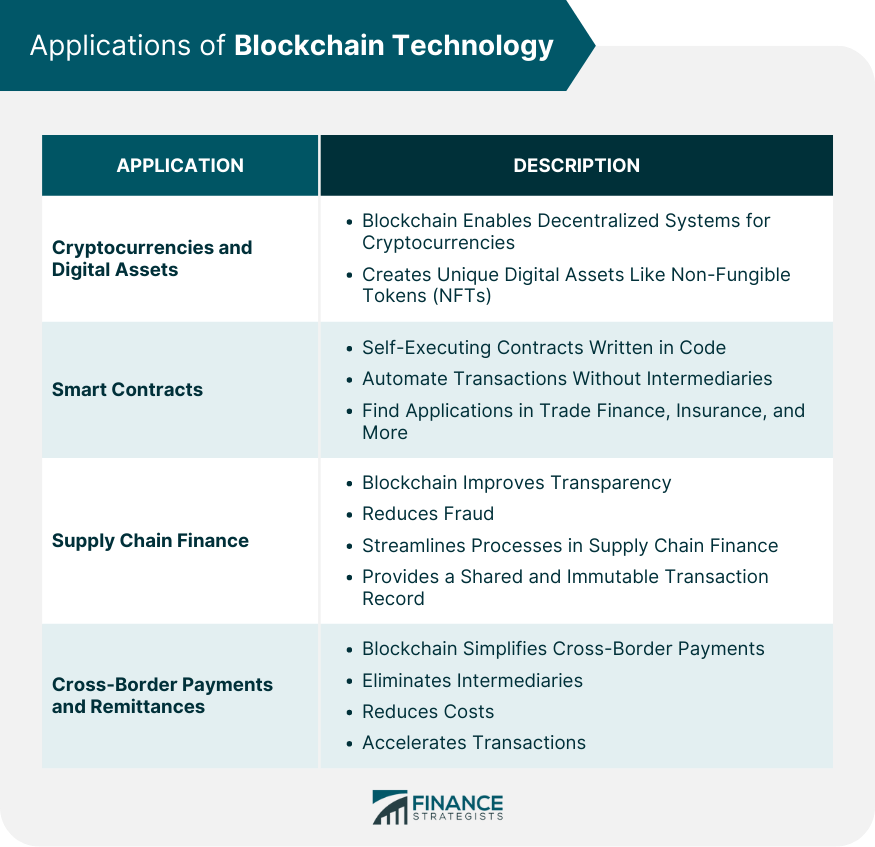Blockchain technology, in its essence, is a form of digital ledger used to record transactions across a multitude of computers. This technology has revolutionized the way we interact with data, providing a decentralized, transparent, and highly secure method for recording, verifying, and sharing information. The blockchain structure is composed of interconnected blocks, each containing a list of transactions. Each block also contains a unique cryptographic hash linking it to the previous block, creating a chronological and immutable chain of blocks — hence, the name "blockchain." Blockchain technology operates by distributing digital information, making it difficult for unauthorized individuals to tamper with the data. Once a block of data is recorded on the blockchain, it becomes extremely difficult to change that block. To modify a single block, an attacker would need to alter the information in that block, as well as in all subsequent blocks. This is because each block contains a hash of the previous block's data, creating a chain of interconnected blocks. This structural design, along with the network's consensus mechanism, ensures the integrity and security of data on a blockchain. A distributed ledger is a decentralized approach to recording and verifying transactions. It refers to a database that is consensually shared and synchronized across multiple sites, countries, or institutions. A blockchain serves as a type of distributed ledger where each participant maintains a copy of the shared ledger. This eliminates the need for a central authority and increases the system's overall transparency, as every transaction is visible to all participants in the network. Decentralization is a fundamental principle of blockchain technology. Unlike traditional databases that are managed by a central entity, a blockchain network is maintained by several participants, also known as nodes. This means that control and governance are distributed across the network rather than being concentrated in a single point. This design significantly reduces the risk of single-point failures and offers greater resistance against malicious attacks. The consensus mechanism is a critical element of blockchain technology, as it enables network participants to agree on the validity of transactions. This mechanism is necessary in a decentralized network to ensure uniformity of data across all nodes. Different types of blockchains use different consensus mechanisms. For instance, Bitcoin uses a consensus mechanism known as Proof of Work (PoW), while Ethereum is transitioning to a Proof of Stake (PoS) consensus mechanism. Cryptography is used extensively in blockchain technology to ensure the security and privacy of transactions. Each transaction is encrypted with a unique cryptographic signature, known as a hash. This signature acts as a fingerprint for the transaction, ensuring its authenticity and preventing tampering. Additionally, blockchain uses public-key cryptography, which involves a pair of keys – a public key for encryption and a private key for decryption – to secure transactions and identities. The use of cryptography, along with the immutable nature of the blockchain, makes it highly secure against fraud and cyber-attacks. Furthermore, the transparency inherent in blockchain technology ensures all transactions are openly visible to participants in the network. This level of transparency can significantly enhance trust among parties involved in a transaction, reducing the risk of disputes or misunderstandings. By eliminating the need for intermediaries, blockchain can streamline processes, speed up transaction times, and reduce associated costs. For instance, in cross-border payments, the use of blockchain can eliminate the need for correspondent banks, reducing transaction fees and processing times. Additionally, the transparency and auditability of blockchain can simplify compliance and auditing processes, further enhancing efficiency. Blockchain technology can greatly streamline payment and settlement processes. With traditional methods, clearing and settling transactions can take several days and involve multiple intermediaries. However, with blockchain, transactions can be settled in near real-time on a peer-to-peer basis, removing the need for third-party intermediaries. This can be particularly beneficial in areas such as securities settlement, where the speed and efficiency of blockchain could significantly improve the current system. Blockchain technology can enhance data integrity and simplify auditing processes. Because blockchain ledgers are immutable and transparent, they provide an accurate, verifiable record of each transaction. This feature not only ensures the integrity of the data but also makes the auditing process more straightforward. By providing an easily accessible and verifiable record of transactions, blockchain technology can save businesses time and resources spent on auditing and compliance. Current blockchain platforms, like Bitcoin and Ethereum, can only process a limited number of transactions per second, which could pose a problem for their use in high-volume environments like financial markets. Performance is another issue. The consensus mechanisms used in many blockchains require significant computational power and energy. As a result, transactions can take longer to process compared to traditional digital transaction systems, which could limit the practicality of blockchain technology in certain financial applications. Because blockchain is a relatively new and evolving technology, many jurisdictions have not yet developed comprehensive legal and regulatory frameworks to govern its use. Regulatory uncertainty can pose risks for businesses and organizations that want to adopt blockchain technology. For instance, questions around the legal status of digital assets, data protection responsibilities, and cross-border transactions can make it difficult for businesses to fully embrace blockchain. While the transparency of blockchain is often seen as a benefit, it can also raise privacy and data protection concerns. In public blockchains, transaction data is visible to all network participants, which could potentially reveal sensitive business information. In addition, because the data on a blockchain is immutable, it can be challenging to rectify incorrect or outdated information. This raises concerns in relation to data protection laws, like the EU's General Data Protection Regulation (GDPR), which includes a "right to be forgotten." With many different blockchain platforms and systems available, there's a lack of standardization across these technologies, which can hinder interoperability. For blockchain technology to reach its full potential in finance, there needs to be a way for different blockchain networks to communicate and interact with each other. This requires the development of industry-wide standards and protocols, which is a complex and time-consuming task. The most well-known application of blockchain technology is in cryptocurrencies, like Bitcoin and Ethereum. These digital currencies use blockchain to create a decentralized, peer-to-peer system for conducting digital transactions. Beyond cryptocurrencies, blockchain technology is also being used to create other types of digital assets. For instance, blockchain is used in the creation of non-fungible tokens (NFTs), unique digital assets that represent ownership of a specific item or piece of content. Smart contracts are another significant application of blockchain technology. A smart contract is a self-executing contract with the terms of the agreement directly written into lines of code. These contracts automatically execute transactions when predefined conditions are met, eliminating the need for an intermediary. Smart contracts have numerous potential applications in finance, including in trade finance, insurance, and securities settlement. Blockchain technology has significant potential in supply chain finance. By providing a shared, immutable record of transactions, blockchain can increase transparency, reduce fraud, and streamline processes in supply chain finance. For instance, blockchain could be used to track the movement of goods, verify the authenticity of products, and facilitate faster, more efficient payment processes. This can help to improve liquidity, reduce risk, and enhance collaboration among parties in the supply chain. Cross-border payments and remittances are another area where blockchain technology can have a significant impact. Traditional cross-border payment methods are often slow and expensive, with funds needing to pass through multiple intermediaries before reaching the recipient. Blockchain technology can streamline this process by enabling peer-to-peer transactions, cutting out the intermediaries, reducing costs, and speeding up transaction times. Several fintech companies are already using blockchain technology to offer faster, cheaper cross-border payment services. Blockchain technology is a form of digital ledger used to record transactions across multiple computers and has revolutionized the way we interact with data in the finance industry. It provides a decentralized, transparent, and highly secure method for recording, verifying, and sharing information. The benefits of blockchain in finance include improved security and transparency, enhanced efficiency and cost reduction, streamlined payment and settlement processes, and enhanced data integrity and auditing. However, there are limitations to consider, such as scalability and performance issues, regulatory and legal considerations, privacy and data protection concerns, and interoperability challenges. Despite these limitations, blockchain technology has found applications in cryptocurrencies, smart contracts, supply chain finance, and cross-border payments. As technology continues to evolve, the establishment of industry-wide standards and protocols is crucial to fully harness its potential in transforming the finance industry, fostering innovation, efficiency, and trust in financial transactions.What Is Blockchain Technology?
How Does Blockchain Technology Work
Key Concepts of Blockchain Technology
Distributed Ledger
Decentralization
Consensus Mechanism
Cryptography

Benefits of Blockchain Technology
Improved Security and Transparency
Enhanced Efficiency and Cost Reduction
Streamlined Payment and Settlement Processes
Enhanced Data Integrity and Auditing
Limitations of Blockchain Technology in Finance
Scalability and Performance Issues
Regulatory and Legal Considerations
Privacy and Data Protection Concerns
Interoperability and Standardization

Applications of Blockchain Technology
Cryptocurrencies and Digital Assets
Smart Contracts
Supply Chain Finance
Cross-Border Payments and Remittances

Conclusion
Blockchain Technology FAQs
Blockchain technology is a form of digital ledger used to record transactions across multiple computers in a way that the recorded transactions cannot be altered retroactively.
Blockchain works by distributing digital information in a way that makes it difficult to tamper with the data. Once a block of data is recorded on the blockchain, it is extremely difficult to change that block, ensuring the integrity and security of the data.
The benefits of blockchain technology include improved security and transparency, enhanced efficiency and cost reduction, streamlined payment and settlement processes, and enhanced data integrity and auditing.
The limitations include scalability and performance issues, regulatory and legal considerations, privacy and data protection concerns, and interoperability and standardization issues.
Applications of blockchain technology include cryptocurrencies and digital assets, smart contracts, supply chain finance, and cross-border payments and remittances.
True Tamplin is a published author, public speaker, CEO of UpDigital, and founder of Finance Strategists.
True is a Certified Educator in Personal Finance (CEPF®), author of The Handy Financial Ratios Guide, a member of the Society for Advancing Business Editing and Writing, contributes to his financial education site, Finance Strategists, and has spoken to various financial communities such as the CFA Institute, as well as university students like his Alma mater, Biola University, where he received a bachelor of science in business and data analytics.
To learn more about True, visit his personal website or view his author profiles on Amazon, Nasdaq and Forbes.











